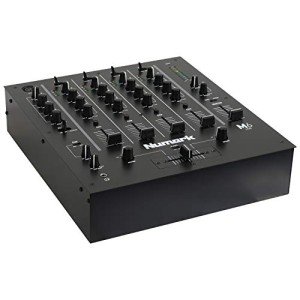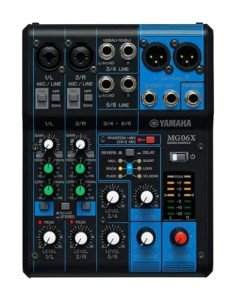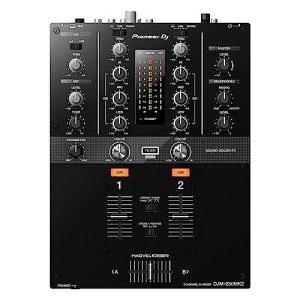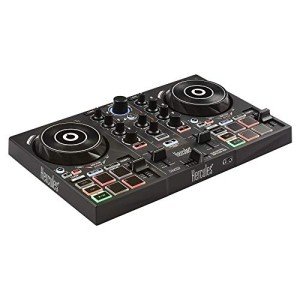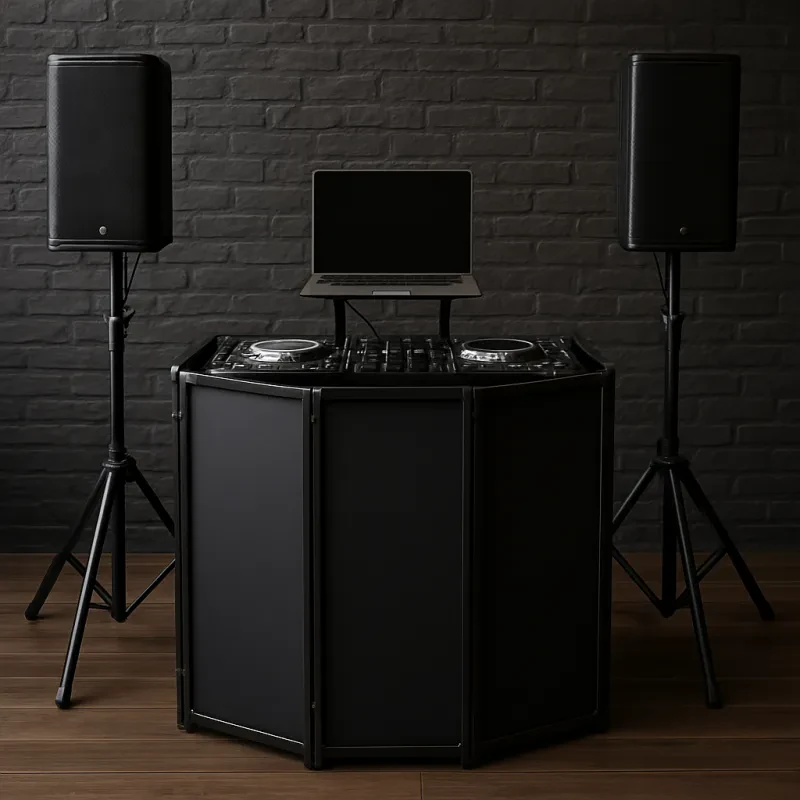Experiencing a delay, or latency, when pressing the pads on your DJ controller can be frustrating, especially during live performances. This delay happens when there’s a noticeable gap between when you hit a pad and when Virtual DJ triggers the sound. Several factors can contribute to this problem, but the good news is that most of them are fixable with the right adjustments. In this article, we’ll explore the common causes of pad delay and provide solutions to help you resolve the issue.
What Causes Delay in Controller Pads?
-
Audio Latency Settings
One of the most common reasons for delay in DJ controllers is related to audio latency settings in Virtual DJ. Latency refers to the time it takes for the controller to send the signal to your computer and for the software to process it. If the latency settings are too high, you’ll experience delays when triggering samples, effects, or loops via the pads. -
Buffer Size in Audio Settings
Virtual DJ’s buffer size settings play a crucial role in determining the delay between controller input and audio output. A larger buffer size means the software takes more time to process the audio, resulting in a delay. Conversely, reducing the buffer size can help minimize latency, though it could also cause audio dropouts if your computer can’t handle it. -
Computer Performance
A sluggish or underpowered computer can also contribute to latency issues. If your CPU is overloaded or you’re running several demanding programs in the background, the performance of Virtual DJ may suffer, causing delays in pad response times. Ensuring your computer meets the system requirements for Virtual DJ is crucial for smooth operation. -
USB Connection Issues
Sometimes, the problem can be as simple as the connection between your DJ controller and the computer. A faulty or slow USB connection can introduce delays. For optimal performance, make sure you’re using high-quality USB cables and avoid using unpowered USB hubs, as they can degrade performance. -
Outdated Drivers or Firmware
Like any piece of hardware, DJ controllers rely on up-to-date drivers and firmware to operate efficiently. If you’re using an outdated driver or firmware for your controller, this can lead to performance issues such as pad delays. Regularly updating your drivers and firmware can help fix bugs and improve functionality. -
Sound Card Compatibility
Another contributing factor to pad delays could be issues with your sound card or audio interface. If the sound card isn’t optimized for low-latency audio processing or doesn’t have the proper drivers, this can cause a delay when using Virtual DJ.
How to Fix Delay in Controller Pads on Virtual DJ
Now that we’ve outlined the possible causes, let’s dive into the solutions to fix pad delay in Virtual DJ.
1. Adjust Latency Settings
- Go into Virtual DJ’s Settings menu.
- Navigate to the Audio tab and locate the Latency settings.
- Start by lowering the latency setting. For most systems, a latency of 512 samples or less is optimal. Reduce the number incrementally and test to find the best balance between performance and sound quality.
- If you experience audio dropouts, gradually increase the buffer size until you find the right setting that minimizes both latency and dropouts.
2. Update Drivers and Firmware
- Visit the manufacturer’s website for your DJ controller and download the latest drivers and firmware. Regular updates can improve performance and resolve compatibility issues that may be causing the delay.
- Additionally, make sure that your sound card or external audio interface drivers are up to date, as they play a critical role in latency performance.
3. Use an ASIO Driver (Windows)
- For Windows users, using an ASIO (Audio Stream Input/Output) driver is essential for reducing latency in audio processing. If you’re using a DJ controller or audio interface, install the specific ASIO driver provided by the manufacturer.
- If no dedicated ASIO driver is available, consider using ASIO4ALL, a universal ASIO driver that can help improve latency.
4. Optimize Your Computer Performance
- Close unnecessary applications running in the background, such as web browsers or video players, which can consume CPU resources and lead to delays in Virtual DJ.
- If you’re on a laptop, ensure it’s plugged into a power source and set to High-Performance mode in the power settings.
- Regularly clean your system by removing unused files and optimizing your hard drive for better performance.
5. Check Your USB Connection
- Ensure your controller is connected directly to your computer using a high-speed USB cable. Avoid connecting through unpowered USB hubs, as these can limit the data transfer rate and cause delays.
- If possible, try a different USB port or cable to rule out any connectivity issues.
6. Optimize Sound Card Settings
- If you’re using an external audio interface, go to the interface’s control panel and check its buffer size. Lowering the buffer size can reduce latency, but be mindful of potential audio glitches if your system can’t handle the lower setting.
- If your built-in sound card is causing issues, consider investing in a higher-quality external sound card or audio interface designed for low-latency DJing.
Conclusion
Latency or delay in your DJ controller pads can disrupt the flow of your performance, but with the right settings and adjustments in Virtual DJ, you can minimize or eliminate the issue altogether. By tweaking your latency settings, updating your drivers and firmware, optimizing your computer’s performance, and ensuring a stable USB connection, you can significantly improve your pad response time and ensure smooth, delay-free performances.
If you’re still experiencing problems after trying these solutions, it may be worth consulting with Virtual DJ’s support or reaching out to the manufacturer of your DJ controller for further assistance.
